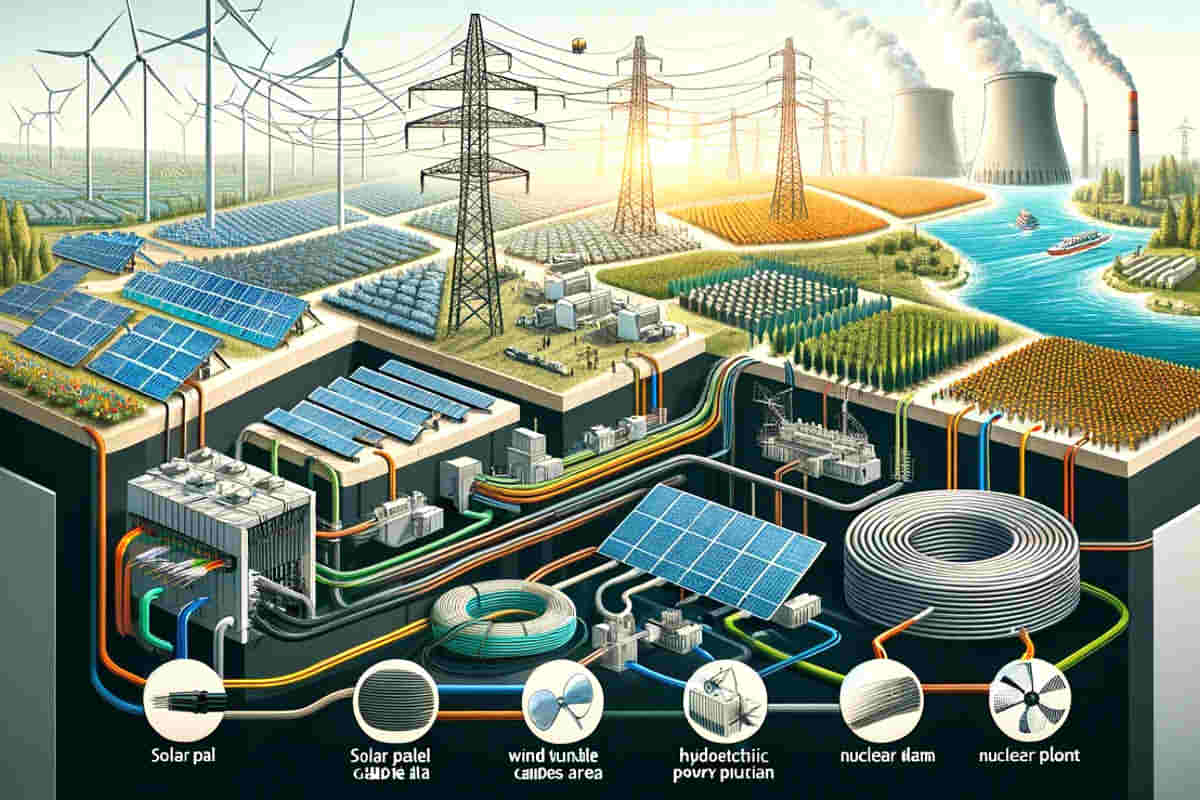The global energy landscape is undergoing an unprecedented transformation, driven by the development of new energy sources and growing environmental awareness. This revolution is not only redefining the way we produce and consume energy, but is also having a significant impact on related industries, like the cable industry.
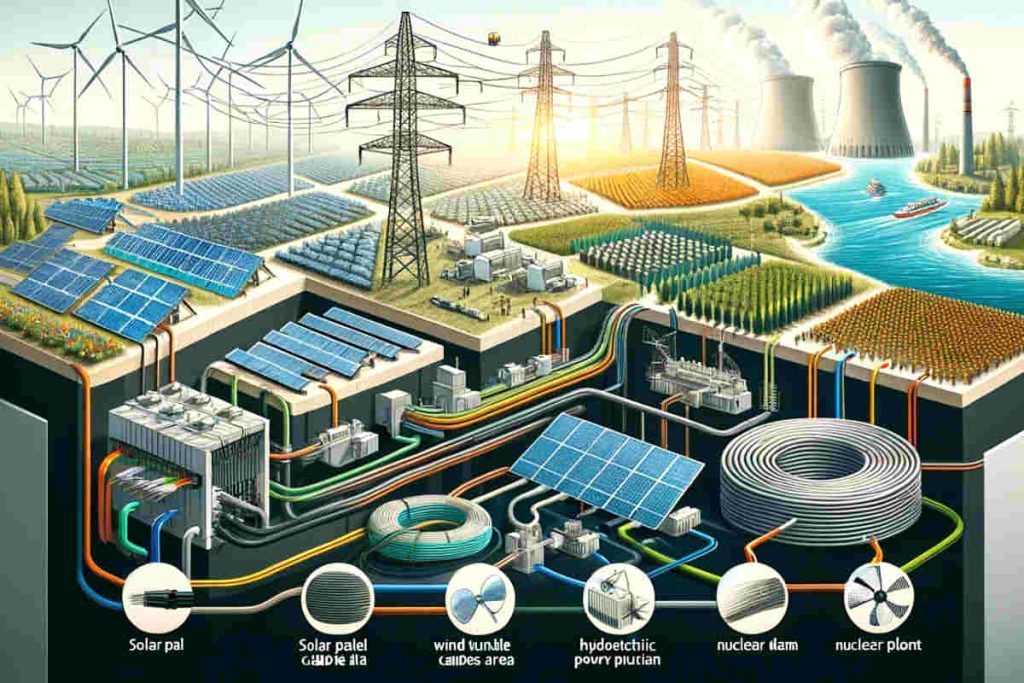
Table of Contents
- The Rise of Renewable Energy
- Transportation Electrification and its Impact
- Challenges and Opportunities in the Cable Industry
- Conclusion
The Rise of Renewable Energy
The renewable energies, like the sun, wind, and hydroelectric, are at the center of the energy transition. According to International Energy Agency (AIE), for 2024, the share of renewable energies in global electricity generation will exceed a third. This massive growth is driving unprecedented demand for high-quality infrastructure, including cables and transmission systems.
Demand for High Capacity Cables
renewable energy projects, especially solar and wind farms, They are usually located in remote areas. This requires the laying of long-distance cable networks to connect these sources to the main electrical grids.. Besides, These cables must be able to handle high voltages and be resistant to adverse weather conditions., which poses significant challenges in terms of design and material.
Innovation in Submarine Cables
Offshore wind energy is emerging as a dominant force, especially in Europe and Asia. Installing turbines in the sea involves the use of submarine cables to transmit electricity to Earth. The demand for these cables is increasing, and with her, the need for technological innovations to ensure their durability and efficiency in hostile marine environments.
Solar Energy Cables
Solar energy is at the forefront of renewable energy sources, with an annual growth rate that exceeds many other sources. This is largely due to the decreasing costs of solar panels and the improved efficiency of solar energy systems.. Nevertheless, The efficiency of a solar plant does not depend only on the solar panels, but also the quality of the cables that transport the electricity generated.
Cables used in solar installations must be able to withstand extreme environmental conditions, such as prolonged sun exposure, high temperatures and significant temperature variations. Besides, los solar cables must be flexible and durable to handle physical stress during installation and throughout its life. Solar energy cables must also comply with specific regulations that ensure minimal energy loss during transmission and distribution., which is crucial to maintain the efficiency of the solar system.
Specific Cables for Wind Energy
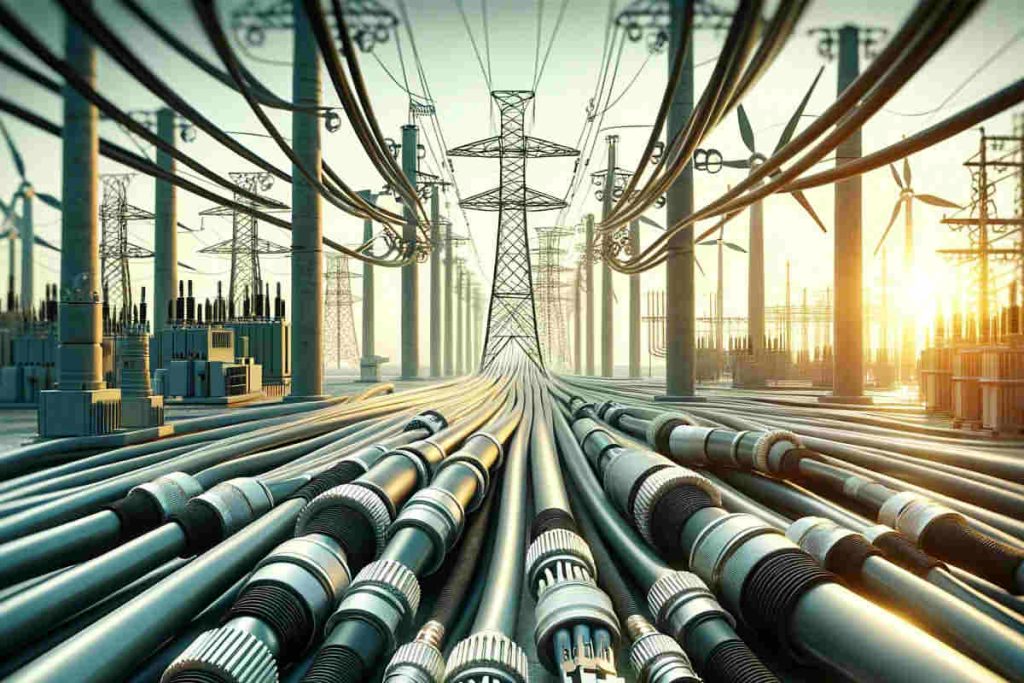
The eolic energy, particularly offshore wind, requires cables that can withstand even more challenging conditions. These cables must not only be able to efficiently transmit power from the turbines to the ground stations, but must also withstand mechanical wear, Corrosion due to salt water and water pressure in marine installations.
In onshore wind farms, Cables must be able to handle load variations due to the fluctuating nature of wind. Fatigue resistance due to the constant movement of the turbines is also a crucial factor. Besides, since many wind farms are located in remote locations, The cables used need to be extremely reliable to minimize the need for expensive and challenging maintenance and repairs.
In summary, Cable choice and design are critical to ensure efficiency, the safety and longevity of renewable energy installations. As renewable energy technology advances, so do the requirements for the cable infrastructure that supports it.
Transportation Electrification and its Impact
The electrification of transport is another pillar of the energy transition. With the increase of electric vehicles (VE), Charging infrastructure expected to expand significantly. This not only increases the demand for cables for charging stations, but also requires robust electrical grids to handle additional loads.
EV Charging Networks
EV charging stations need cables capable of handling high currents to charge vehicles efficiently. Besides, The geographic distribution of these stations will require a significant expansion of the existing electrical grid, generating considerable demand for high quality cables.
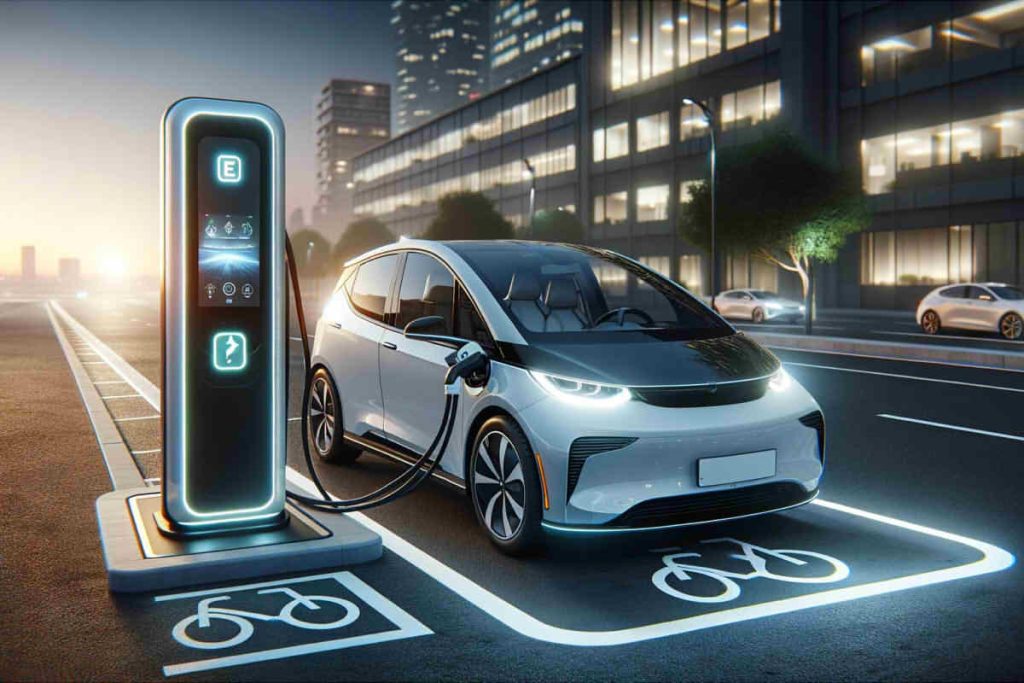
Improvement of the Electrical Grid
The integration of EVs into the electrical grid poses challenges in terms of load management and grid stability. This requires not only an expansion of the network, but also the implementation of more advanced cable technologies that can handle power fluctuations and provide efficient transmission.
Challenges and Opportunities in the Cable Industry
While the transition to new energies presents significant opportunities for the cable industry, It also brings challenges that must be addressed to fully capitalize on this potential..
Need for Innovation
Demand for more efficient cables, durable and capable of handling high stresses is driving innovation in materials and manufacturing technologies. Companies that invest in research and development will have a competitive advantage in this evolving market.
Sustainability and Recycling
Sustainability is a central issue in the energy transition. The cable industry must address not only the efficiency and durability of its products, but also its environmental impact. This includes adopting sustainable production practices and developing solutions for recycling end-of-life cables..
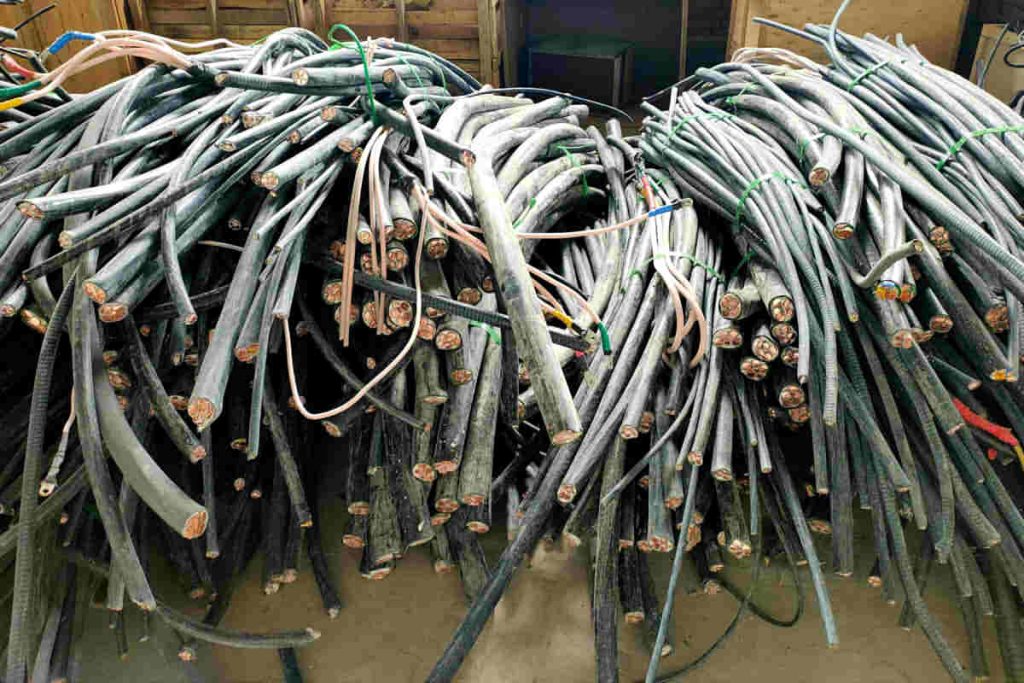
Regulation and Standards
The regulatory framework is also evolving to support the energy transition. Comply with these regulations, which often vary from country to country, It is essential to operate in the global market. Companies must be prepared to quickly adapt to these changes and ensure compliance with all relevant regulations..
Conclusion
New energy development is fundamentally reshaping the electric cable industry. The energy transition is not only increasing demand for cables and transmission systems, but is also driving innovation and demanding a more sustainable approach across operations. Although the challenges are considerable, The opportunities for the cable industry in this era of renewable energy are enormous. Companies that manage to adapt, innovate and operate sustainably will be well positioned to lead in this dynamic and constantly evolving market..

